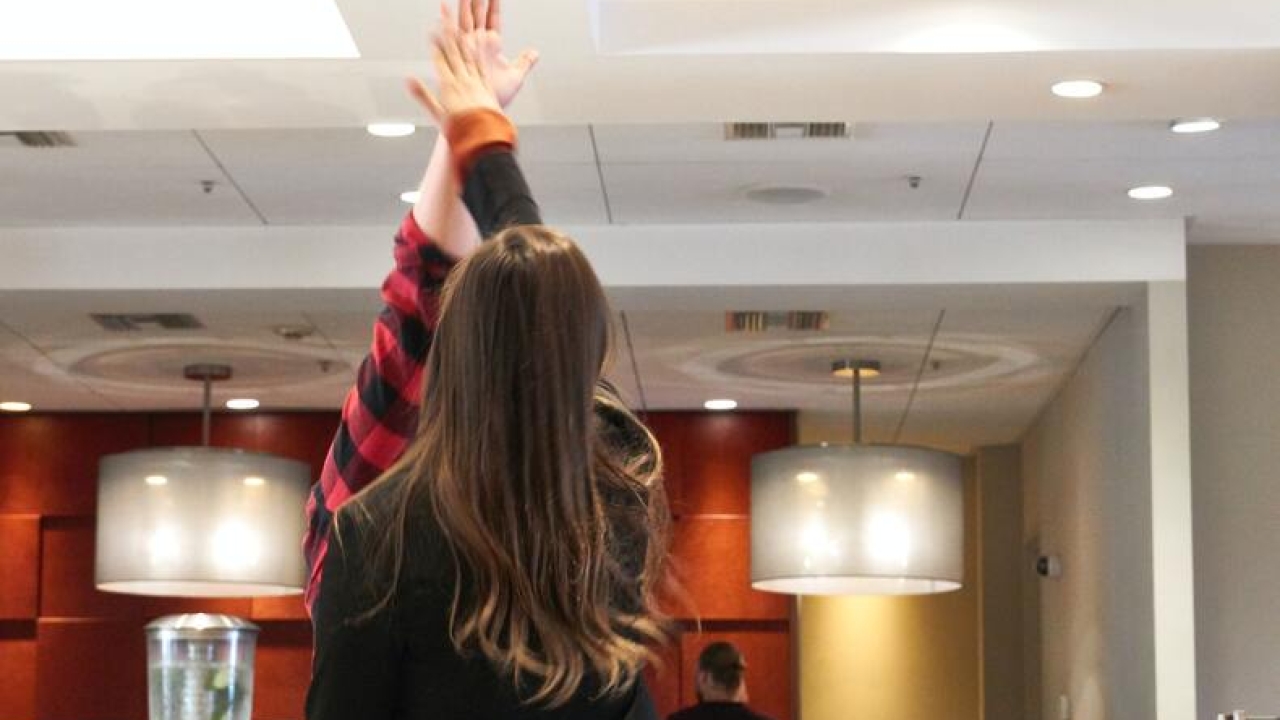The Power of Positive Reinforcement

We adults do not receive positive reinforcement the way learners do. That is mainly because learners need positive reinforcement to boost their self-confidence, to help them minimize negative behaviours, to help them motivate to do better in the future and it reaffirms that you care.
In schools, positive reinforcement is a way of encouraging and promoting a specific behaviour through systems of positive responses. To say it simply, it is a way to motivate learners to practice positive behaviour by incentivizing their good choices. Positive reinforcement is a superior technique for maintaining order and establishing a conducive learning environment. Learners actively enjoy being present and learning in the classroom. It leads to heightened enthusiasm in learners Furthermore, it can allow accomplishment to be celebrated as a class. Positive reinforcement leads to a greater sense of community in the class.
Positive reinforcement can be given to learners in different ways. It can be as simple as handshakes, smile, clapping and cheering, giving a high five, giving a hug or pat on the back, having the privilege of sitting on the teacher’s chair and reading a book, giving a thumbs-up, it could be listening to music while working, allow learners time for more enjoyable activities as a reward for their diligence in class, a teacher might place a tally mark in a team column to reward all the team members who are waiting quietly, offering a special activity, like playing a game or reading a book together and offering praise.
It is very important to have classroom expectations clearly explained to the learners at the start of the academic year, till they become an integral part of their daily life at school. They must fully understand your expectations for appropriate classroom behaviour. Be clear and consistent. If this does not occur, learners will not form a connection between the appropriate behaviour and the reinforcement. For younger learners in FS and early primary, the classroom expectations with pictures could be displayed on the wall for the learners to see it and understand what is expected of them.
Stay up to date
Subscribe to the free GESS Education newsletter and stay updated with the latest insights, trends, and event news every week. Your email address will remain confidential


